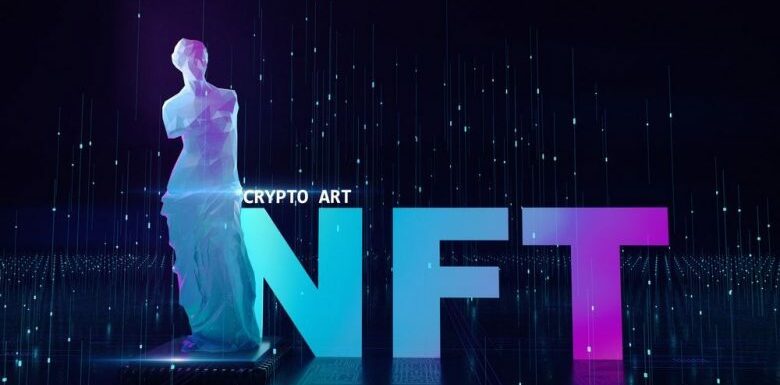
Many traditional investors consider Real estate a good investment. But what about digital real estate?
NFTs (Non-Fungible tokens) representing virtual land have made headlines since the birth of the metaverse, with some selling for over a million dollars.
Virtual land is the heart of crypto-powered metaverse platforms such as The Sandbox and Decentraland.
Several tech giants like Meta have been drawing up plans to develop their own metaverses. That said, it is important we define what virtual land is and its role in the metaverse.
What’s Virtual Land?
Virtual land is found in a digital environment called the metaverse. In simple terms, a metaverse is a digital life simulation or a video game that allows players to interact with each other using avatars.
Virtual land, on the other hand, is the digital terrain within which players can navigate in a metaverse. This land can come as a simple 2D pixelated environment or a rich 3D environment featuring mountains, oceans, and more.
How Does Virtual Land Work?
It is worth highlighting that Virtual lands do not need crypto. But the downside is that a not crypto-powered land makes interoperability impossible. That’s why many Web3 enthusiasts believe that crypto and NFTs are necessary for an open and truly interoperable metaverse.
In Web3, virtual land is sold as an NFT, meaning its ownership can be proved on blockchains like Ethereum. Holders of these NFTs are granted access to the virtual land and have total control. In other words, the NFTs act as deeds.
How to Purchase Virtual Land
The buying process for virtual land varies depending on the firm behind each metaverse. Virtual land sold as an NFT can be minted from the company’s website or bought on NFT marketplaces such as Magic Eden and OpenSea.
What’s Special About Virtual Land?
The virtual land concept has been around for a while. A game like ‘The Tims’ launched more than two decades ago provided a life-simulation environment for players to acquire virtual land and build homes in order to experience digital life. But it was a single-player game.
Projects like Habbo Hotel and Second Life launched virtual multiplayer experiences a few years later.
However, these projects only allowed players to create and sell virtual land within a closed platform. But with the rise of decentralized metaverse platforms and NFTs, it is now possible for players to buy virtual land from one platform and sell it on another.
But why would anyone want to buy virtual land in a metaverse? Well, as the internet continues to become a vital part of our modern lives, so is digital ownership. Digital assets such as virtual land can serve as digital status symbols. In addition, they can be used as meeting places for friends across the world.
What Tokens are Associated With Virtual Land?
Unlike Web2 metaverses, decentralized metaverse platforms use cryptocurrencies. Some of them include The Sandbox, which uses the SAND token; Otherside metaverse, which will use Apecoin; IMVU, which utilizes VCOIN; and Decentraland, which adopts MANA.
The Future of Virtual Land
The market for virtual land has not been performing as expected. This is evidenced by the price drops of The SAND and MANA, which are the most popular tokens in the metaverse industry.
With millions already poured into the nascent space, it is unclear whether the Web3 fans who bought the virtual plots will actually use them or they will just hang onto them and sell when their prices go up.



